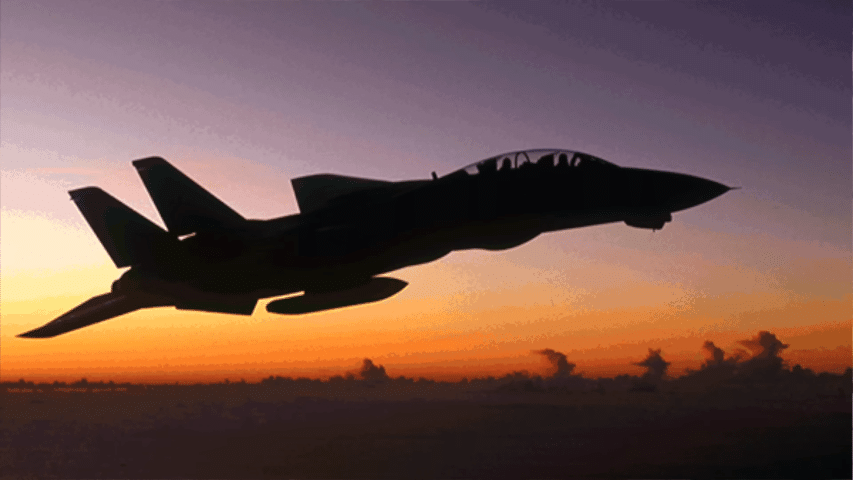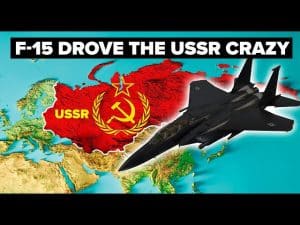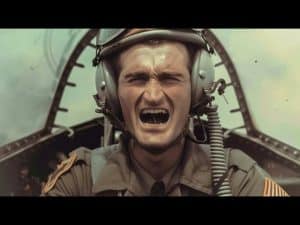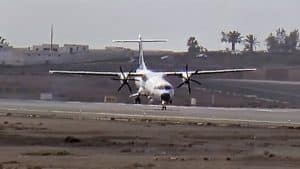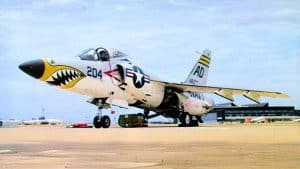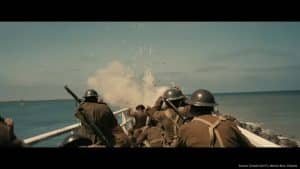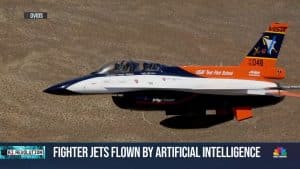5 Secrets We Learned About The Pilot Behind Top Gun
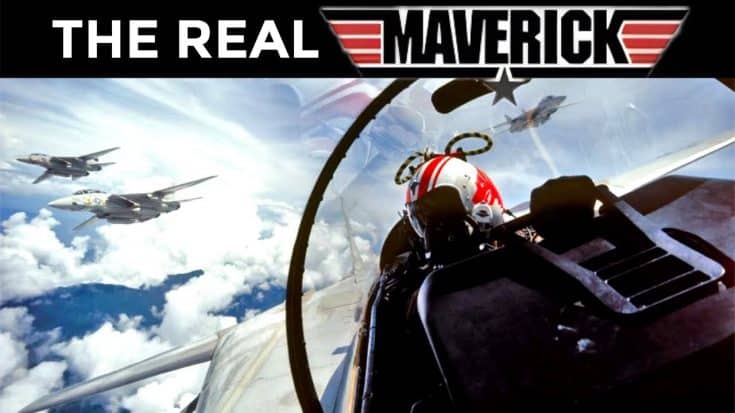
YouTube / Ward Carroll
Here are five interesting things about retired U.S. Navy fighter pilot C.J. “Heater” Heatley – the pilot who inspired Top Gun:
1. He wanted to be a Navy fighter pilot for as long as he can remember
Heatley’s passion for flying combat planes was heavily influenced by the books that he read that featured World War I, World War II, and Korean war aircraft.
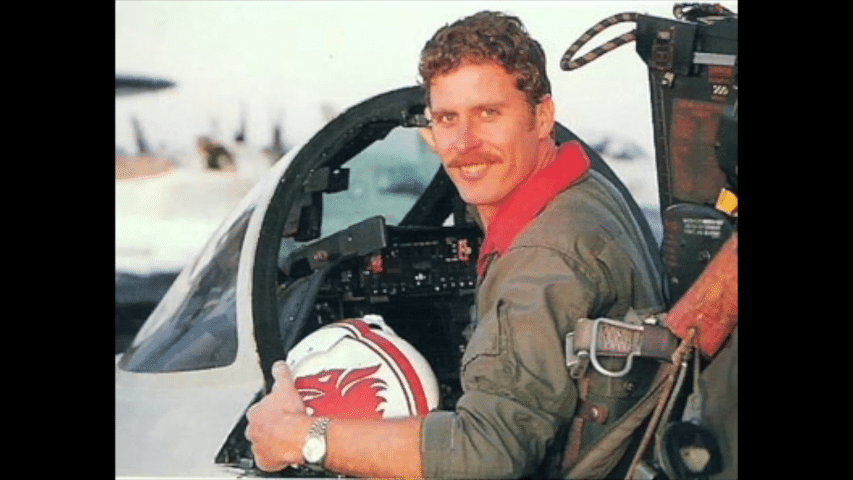
Discovering his dad’s old flying models in the cellar of his grandfather’s house heightened that passion even more.
2. His callsign, “Heater” originated in his love for baseball
Heatley has played in organized baseball for the past 66 years and is still competing at national and international tournaments up to this day. He has 12 MSBL World Series Championship rings, several MVP rings, and a DCMSBL Hall of Fame ring.
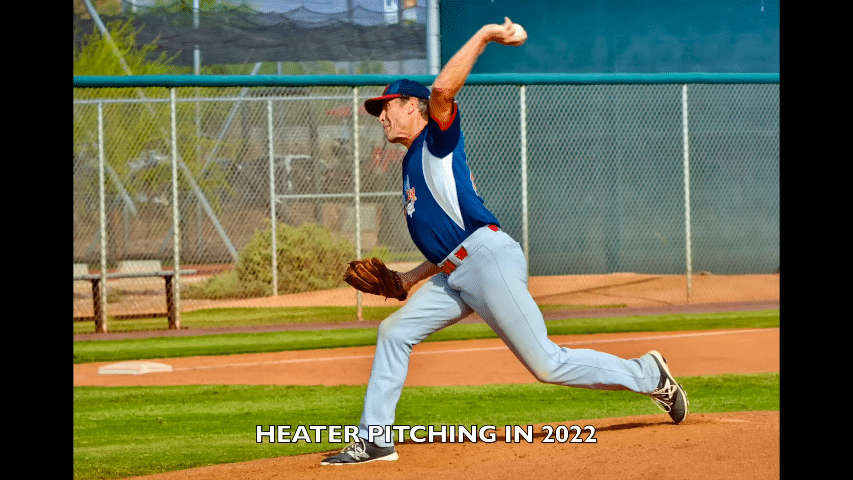
His teammates started him calling “Heater” for his fastball, and he was an undefeated pitcher in Pennsylvania’s American Legion baseball as well. This call sign stuck throughout his 28-year Navy career and beyond.
3. He was a Top Gun instructor
After earning his gold wings in 1973, he was assigned to fighters at NAS Oceana. He flew F-4J Phantoms off the USS Forrestal and USS Nimitz.
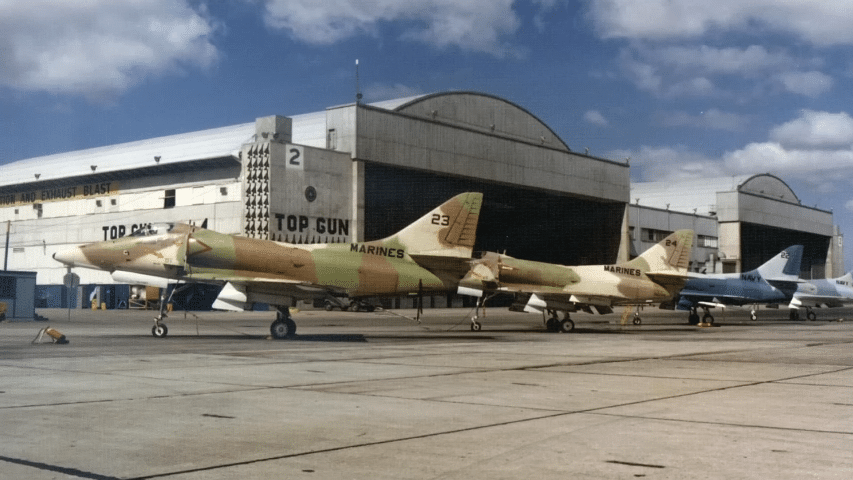
In 1975, he was sent to TOPGUN as a student, where he eventually ended up becoming an instructor, flying the A-4, F-5, T-38, F-4E/F, MiG-17, and MiG-21.
4. Heater took the iconic photo called “Tomcats on the Prowl”, which inspired a Hollywood producer to make the movie, Top Gun!
Heater was also an exceptionally talented photojournalist, and it was in 1982 that he took the now iconic photograph of his RIO and three wingmen on the South China Sea.
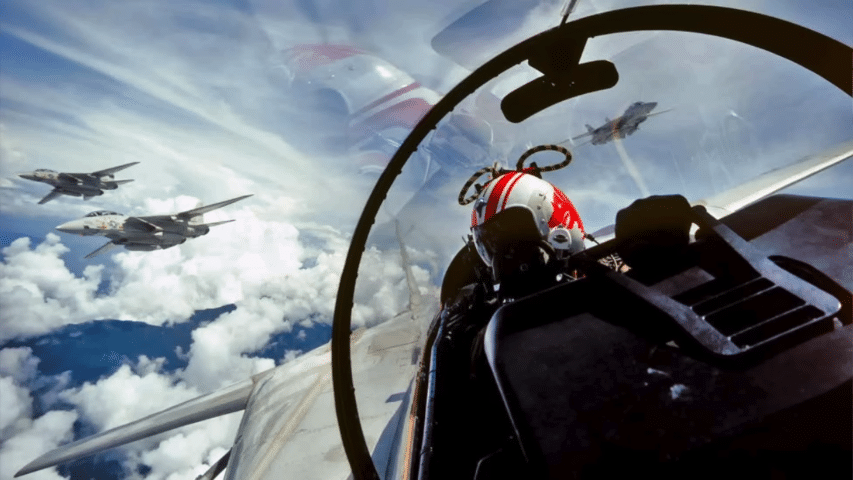
A year later, Hollywood producer Jerry Bruckheimer described the photo as “Star Wars on Earth,” and inspired him to create the blockbuster movie, Top Gun.
5. He also became the commanding officer of a Tomcat squadron that developed strategies used in Operation Desert Storm
Heater had orders to the VF-21 Freelancers as XO/CO, he also had long deployments on the USS Constellation, and USS Independence, and replaced the USS Midway in Japan.
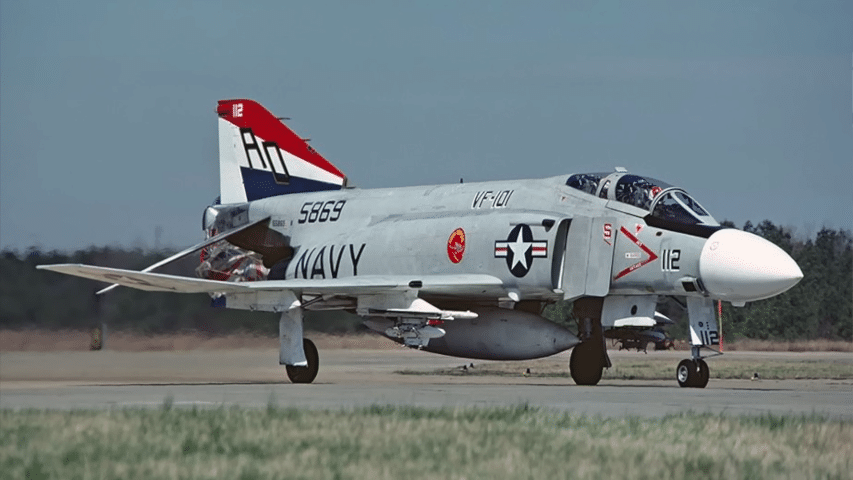
That carrier air wing flew the first missions of Desert Shield and helped plan Desert Thunder, which eventually became Operation Desert Storm. He would eventually fly 6400+ hours after 20 years in the cockpit.
